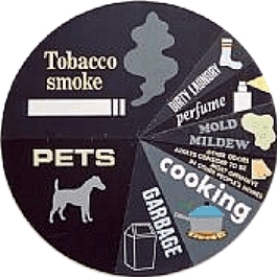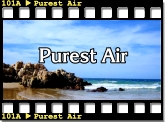 |
     |
 |
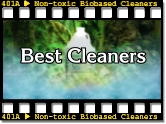
|

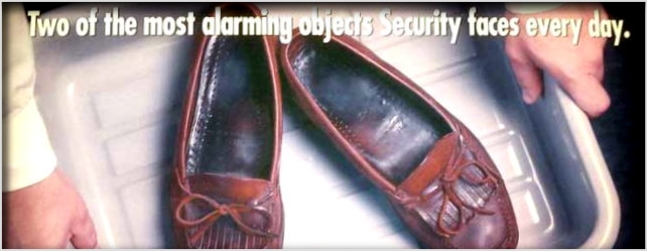
 Top of this
Page --^
   What You Need to Know (A brief Overview of Indoor Air Quality Issues) IAQ Overview - Table of Contents IAQ Overview - Part 1 - Is There a Problem? IAQ Overview - Part 2 - What Don't We Know? * IAQ Overview - Part 3 - What Do We Need to Know? * IAQ Overview - Part 4 - Which Technology Works the Best? IAQ Overview - Part 5 - What are the Major Differences in the Technologies? IAQ Overview - Part 6 - What IAQ Issues Need to be Considered and Addressed? IAQ Overview - Full Article Table
of Contents
Part 1 -- The Need for What Pro-active Environmental Technologies Does Part 2 -- Diagnosing the Problem Part 3 -- Treating the Problem and Preventing a Recurrence Solutions (Specific Fixes to What's Wrong with the Air You Breathe Where You Live and Work) Personal Solutions Residential Solutions Commercial Solutions Copyright 2005 - 2014 -- breathe-easier.com -- All Rights Reserved |
 |
NEW! Check out the videos     B.
What Don't We Know?
--
KWIK FACTS.
The problem is worse than we realize.   C. What Do We Need to Know? Sorting out the info and charting a course to follow.   D. What are We Breathing? Unwelcome guests we receive every time we breathe. 2. Allergens.
The
body’s “hit list” of alien invaders.
The bacteria, viruses, and germs which reproduce in the human body and try to stage a takeover.
 4. Odors. Things have odors for a reason, but why? Can the problem be corrected rather than merely masked or covered up?   5. Chemicals/Smoke/VOC's.
Are we
possibly drowning in a toxic soup?   6. Mold. Is what we see dangerous? And is what we don't see perhaps more dangerous than what we do see?   E. Which Technology Works the Best? Are the technologies pretty much equal, or is their a large disparity among them?   1. Passive Technology. The pollution finds the solution. (Or so we hope!)   2. Active Technology. The solution finds the pollution - even where it is hiding!   a. Stage One -- Dual Ionization (Particulate Removal)   b. Stage Two -- Quad Oxidizing Plasmas   c. Stage Three -- Advanced Oxidation   d. Combo Effect -- The Whole is Greater Than the Sum of its Parts.   3. Major Differences. Things that are not the same are not equal.   a. Literally out of this world. The technology which produces "the purest air on the planet" actually comes from out of this world.   b. Overall Air Purity. By what standard do you certify the actual purity of air?  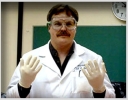 c. Too Clean to Test for Purity? "Without dirt in the air, we cannot tell you how pure the air is." Does that strike anybody as odd?   d. Where's the Dirt? (Where is Clara Peller when you need her?)   e. What to do? Anybody can see that it’s clean except the career bureaucrats.  f. Where are the Germs? Hint: One place they are not is "Blowin' in the Wind".   g. Filtration rates vs. Kill rates. In the war against pathogens, would you like your germs captured and contained or killed "graveyard dead"?   h. Odor Abatement/Removal. The same thing that RCITM does to particulates and germs it does also to smoke, dust, and sources of odors.   F. What IAQ issues must be considered and addressed? Head to head comparison of the technologies - very revealing.   G. Are there medical considerations? Obligatory disclaimers and the practical realities of what happens when a sick body can actually catch its breath.   H. Are there legal and other considerations? What happens if we just ignore the problem or fail to investigate it fully?   I. When is Timing an Issue? If the mold or other air quality problem doesn't seem to be spreading or getting any worse, so we really have to pay it any attention?  |
||||||||||
 |
 |






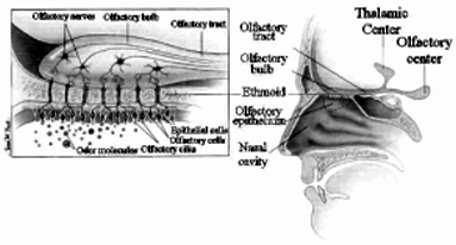
 the
surface - where they tend to break free of the chemical bonds which
hold them together and take flight into the surrounding air. This
phenomenon is called "off-gassing", and the measure of the rate
at which
it occurs is the measure of its "volatility". Depending upon the nature
of the substance itself, the product of the off-gassing will be either
benign or toxic. (See "VOC's" next.)
the
surface - where they tend to break free of the chemical bonds which
hold them together and take flight into the surrounding air. This
phenomenon is called "off-gassing", and the measure of the rate
at which
it occurs is the measure of its "volatility". Depending upon the nature
of the substance itself, the product of the off-gassing will be either
benign or toxic. (See "VOC's" next.)